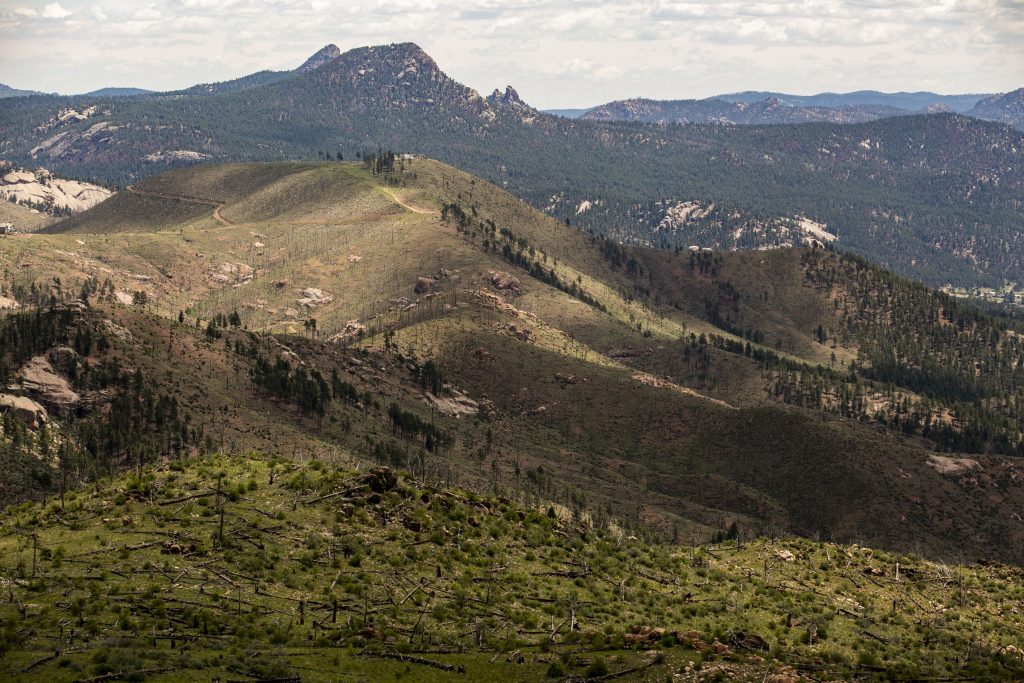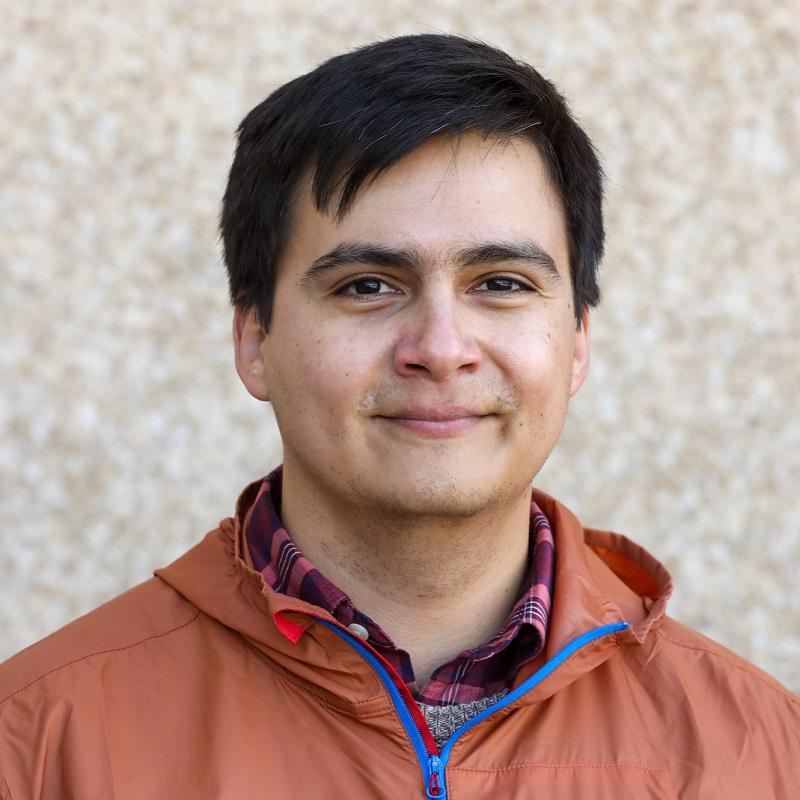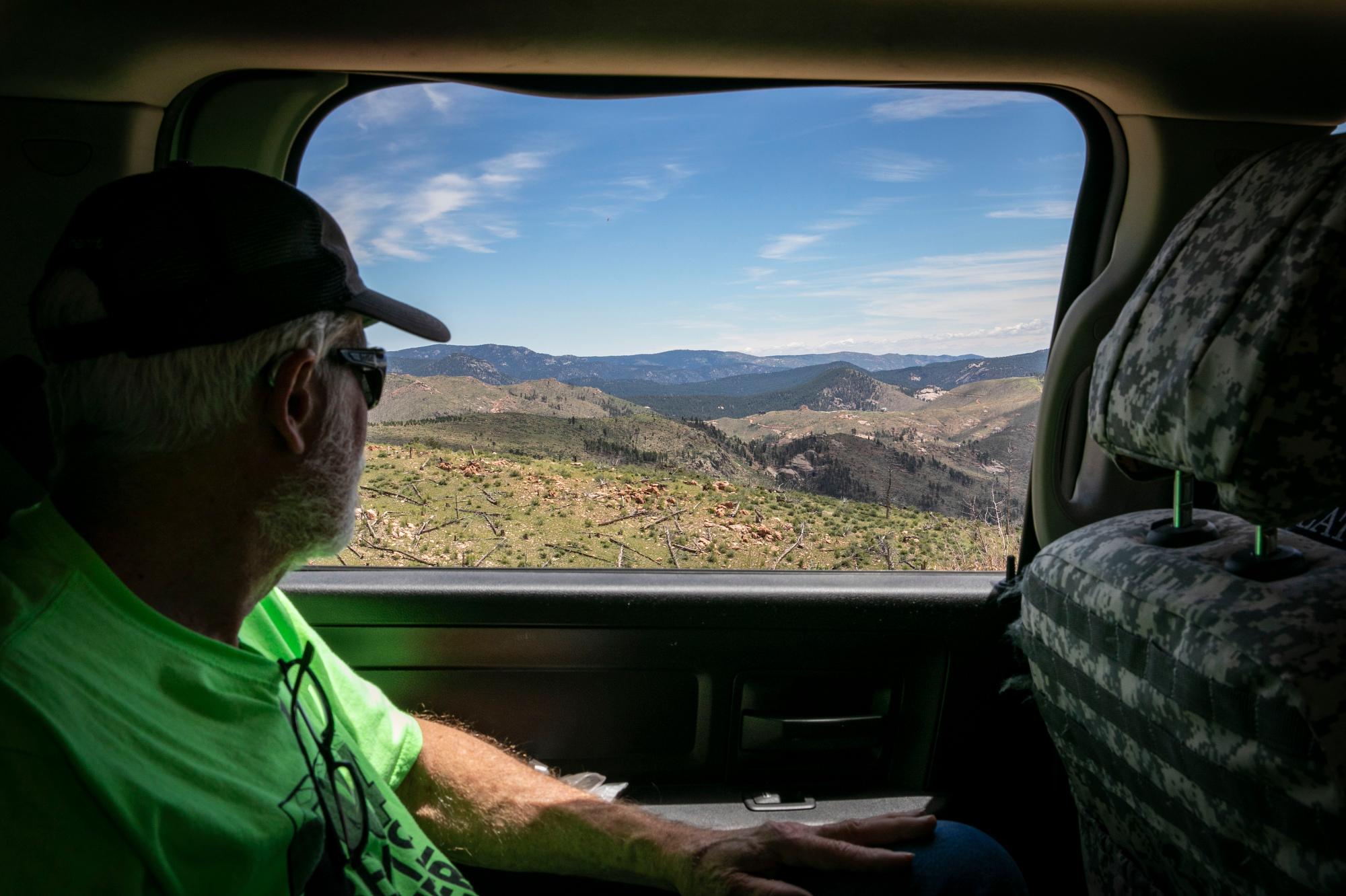
Joe Burgett expected there would be a difference in how he perceived wildfire risk and how the residents of Bailey, an unincorporated community southwest of Denver, did.
What he didn’t expect was how far off those viewpoints would be.
“Everybody realizes that we live in a very fire-prone community,” said Burgett, fire chief for the regional Platte Canyon Fire Protection District. “The reality I don’t think that they quite understood was just how at-risk they are and how at-risk their properties are.”
A large majority of residents in Bailey underestimate the possibility of a wildfire reaching their community in the foothills of the Front Range, according to survey results released last month by the University of Colorado Boulder. The same survey also showed their properties are less protected against wildfires than they believe.
The research comes after a record-breaking year of blazes in Colorado, and as scientists warn that drought and hotter temperatures — conditions exacerbated by climate change — will only make wildfires more common across the West.
With about half of all Coloradans living in wildfire-prone areas like Bailey, fire experts want to close the gap between people’s perception of fire safety and the reality in front of them.
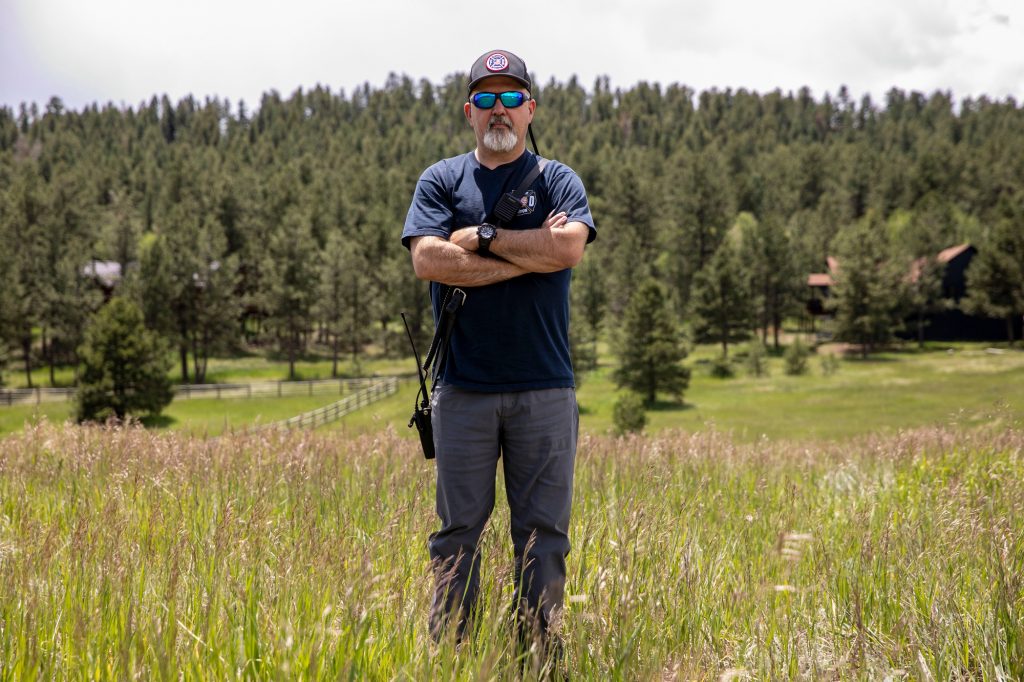
“Fires are so much bigger than we are,” said Burgett, who is moving to Florida this summer after 25 years working for the fire district. “They’re just going to continue to occur.”
CU Boulder scientists and wildfire research nonprofit WiRē surveyed more than 420 homeowners in Bailey last year about how they perceived their wildfire risk. Platte Canyon firefighters then inspected the homes to see if what residents reported matched their assessment.
Most of the people surveyed — 70 percent — said they were at moderate to low risk of wildfires. According to the experts, four in five were at high or very high risk. Half of those surveyed also said they had more than 100 feet of defensible space around their homes. In reality, only 17 percent of the homes did.
Similar results have appeared in studies across the country, said Hannah Brenkert-Smith, a research associate professor at CU’s Institute of Behavioral Science who led the survey.
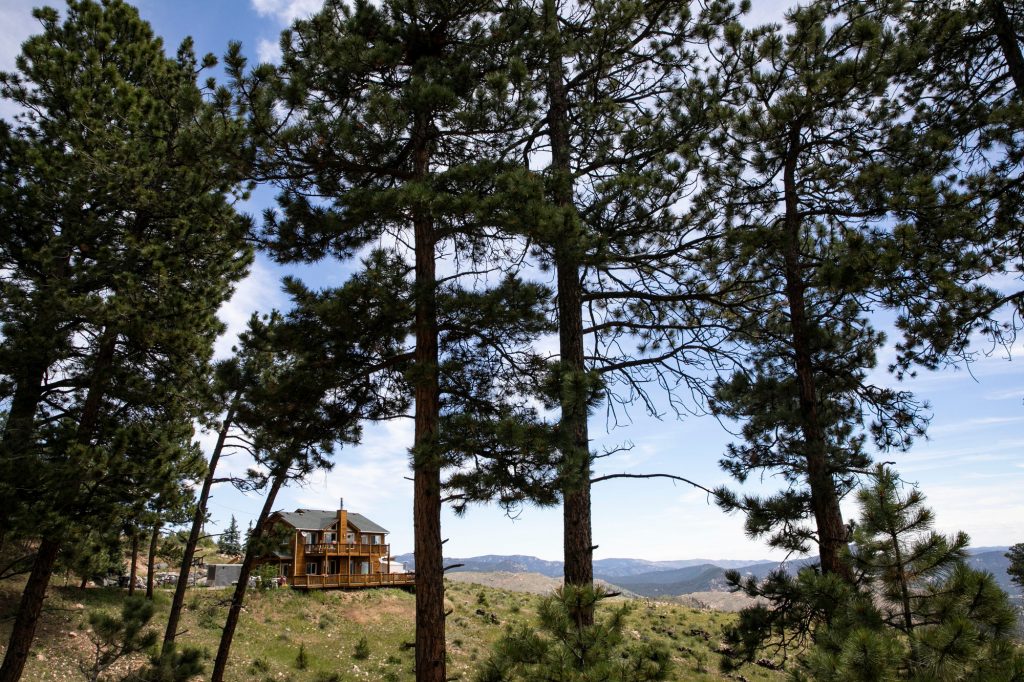
Studies like this, she said, allow communities to get an honest picture of how much residents still need to learn about wildfire safety. They are also an opportunity to learn a sobering truth: Fires will happen, so people need to know how to protect themselves and their homes.
“Fire is not an enemy of the forests. It’s the large, uncontrolled, catastrophic fires that are a problem for the forests,” Brenkert-Smith said. “We want to work towards a future where we have fires burning regularly that do not result in catastrophic outcomes.”'
Bailey is no stranger to wildfires. The Hi Meadow Fire and the deadly Hayman Fire exposed the community two decades ago, burning large swaths of forest and homes in the process.
Many people whose homes burned down never returned, Burgett said. The community has changed in the years since, he said, with new residents moving in that did not live through those experiences.
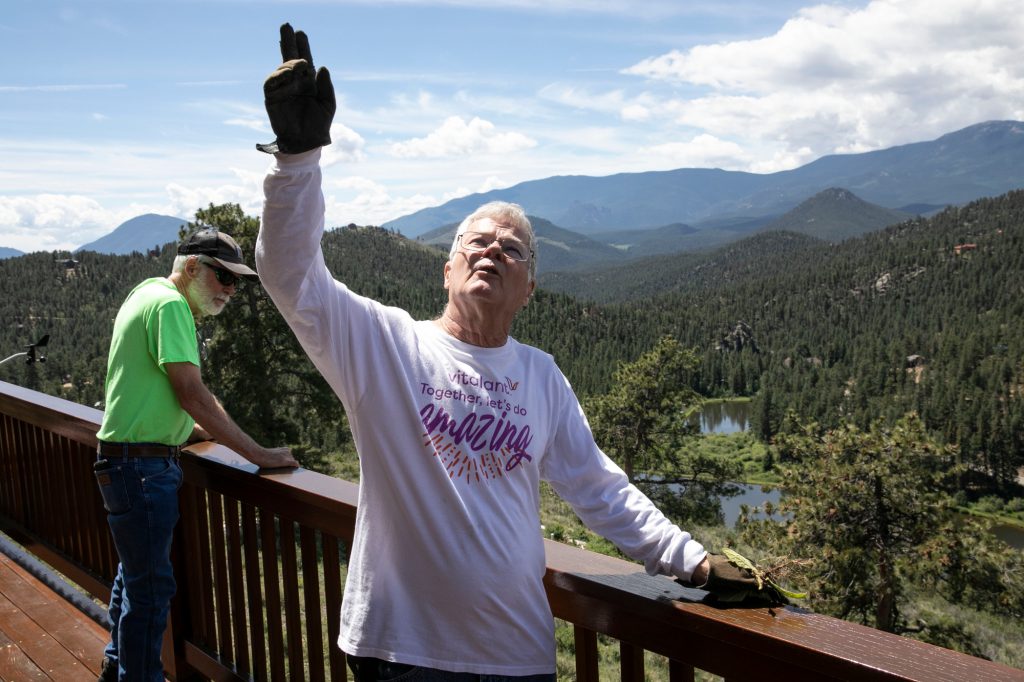
Tim Peterson moved to Bailey in 2003 after his wife was evacuated from those fires. A former airfield commander in the military, he said much of the responsibility for staying safe lies with the homeowner.
“The information is there for all these newcomers. They just have to educate themselves,” he said from his deck.
Jim Glenn, president of the homeowners association where the survey was conducted, said behaviors are slowly improving. The association is now part of FireWise, a national organization that shares information about wildfire preparedness.
Volunteers also cut down trees to clear space around properties and toss branches and brush into wood chippers.
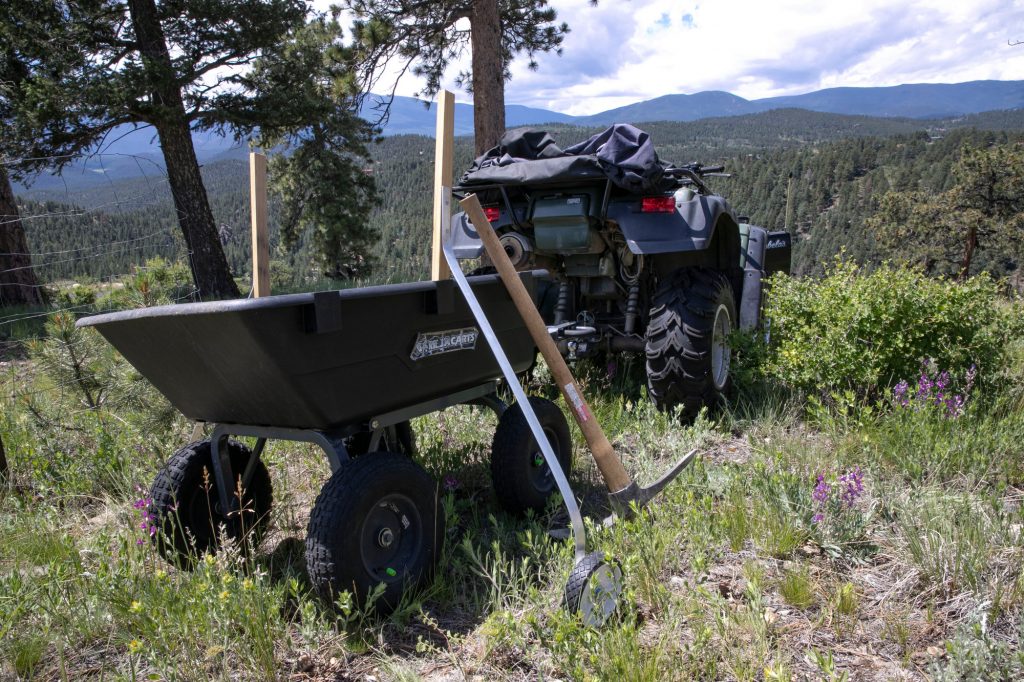
“As we do more each year, it makes a small dent,” Glenn said. “We don’t want to stop — we have to keep on going.”
Several wildfires have sparked in the western half of the state this year, according to data recorded by the National Interagency Coordination Center.
Despite the National Weather Service offices in Boulder reporting more than 13 inches of precipitation in Bailey this year, Platte Canyon’s fire risk is high as of mid-July.
